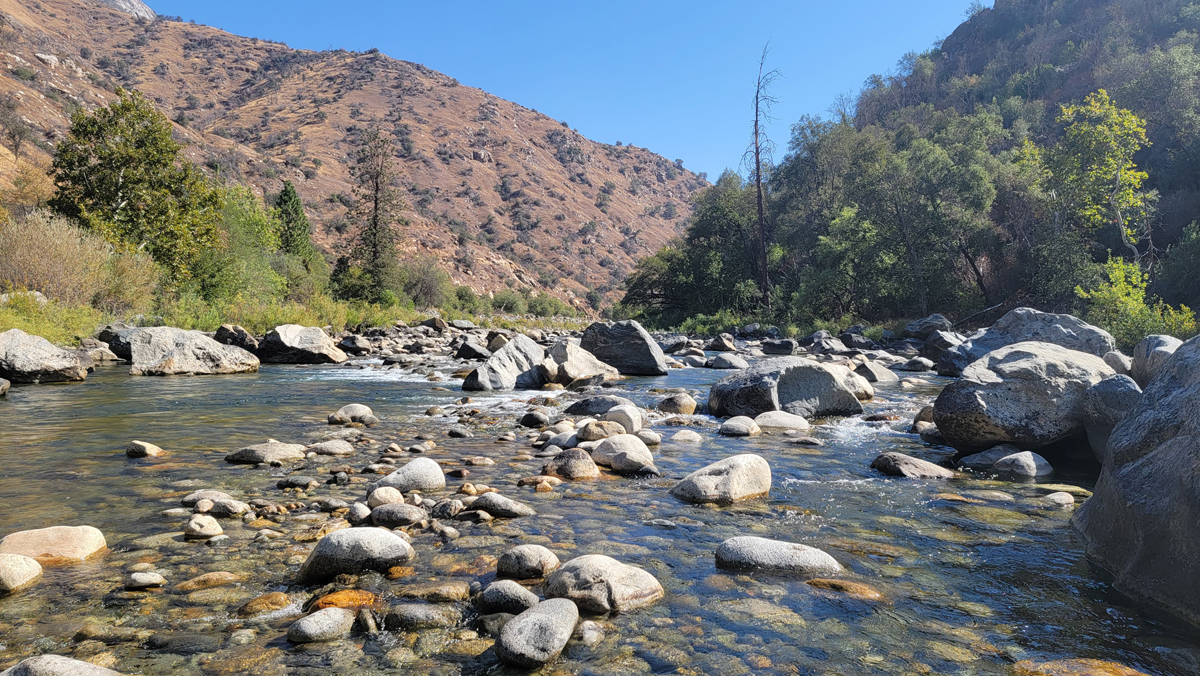
Kings Canyon is the deepest canyon in North America with a depth of 8,200ft. Carved by glaciers of the past the tall granite walls that overlook the river are truly a sight to be seen. The Kings River is made up of three forks: the South, Middle, and North fork. All three of these forks converge to form the Upper Kings River which flows into Pine Flat Dam just outside of Fresno, CA.
I’ve fished Lower Kings below Pine Flat a few times in the past and fishing can be decent when it’s stocked. Between Pine Flat bridge downstream to Alta Weir is a put-and-take fishery that is just as heavily stocked as it is fished. From Alta Weir downstream to HWY 180 bridge is a stocked catch-and-release fishery. This section was created primarily to offer anglers an opportunity to fish for bigger trout just outside city limits. In a discussion with my cousin who is a local we discussed the issue of poaching within Central California. There is a large ethnic population within Fresno and the Lower Kings River is the only accessible river that is stocked with trout. My cousin spoke of people keeping more than their limit and poaching within the catch-and-release section. Not only is there the issue of overfishing and illegal fishing but also of river release. The Lower Kings is probably best fished at 500 – 600 CFS however the flows are heavily dependent on agriculture; extreme flows during the spring and summer are reduced to a trickle in the fall and winter. The Lower Kings is truly an unfortunate tailwater fishery.
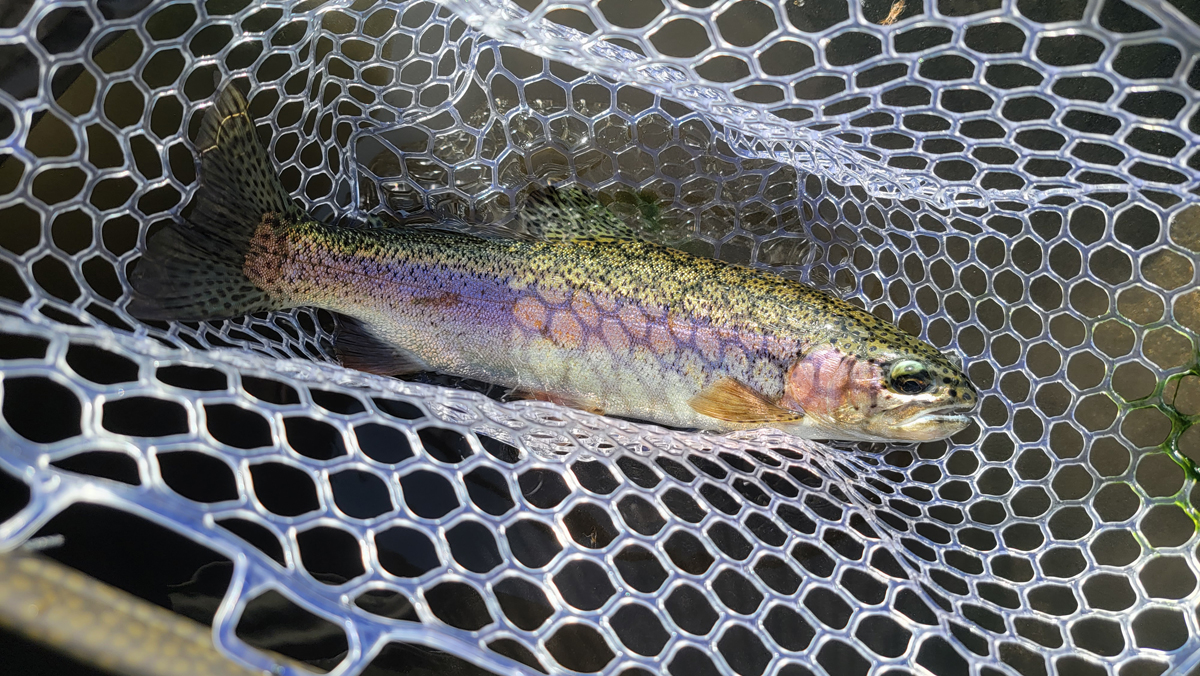
The Upper Kings River above Pine Flat Dam is the ideal Central California fly fishing destination. It ticks all the boxes: freestone, difficult access, large trout, strict regulations, and prolific insect population. The Upper Kings River from above Pine Flat Dam to Garnet Dyke allows a two trout limit and from Garnet Dyke upstream to the confluence of the Middle and South Fork is catch-and-release only. All the trout in the Upper Kings are wild making this a special fishery.
My research on the seasons of the Upper Kings tells me that it is best fished during the fall (late September – early November) when the water is lower and the temperatures are cooler. The spring (March – early May) looks like it can be good before the run-off turns the river into a dangerous raging torrent of death. The high flows continue until the run-off ends in the summer mid-June or early July. Although fishable in the summer (July – early September) the Upper Kings is subjected to high water temperatures making it potentially lethal to catch and release trout in the lower sections of the river. I’ve seen photos of anglers doing well catching smallmouth bass in the summer so the Upper Kings might be a good smallmouth fishery during the summer. The winter (late November – February) looks like it might a hit or miss depending on the weather. I’ve read that flows on the Upper Kings below 1000 CFS are fishable and below 500 CFS safely wadeable.
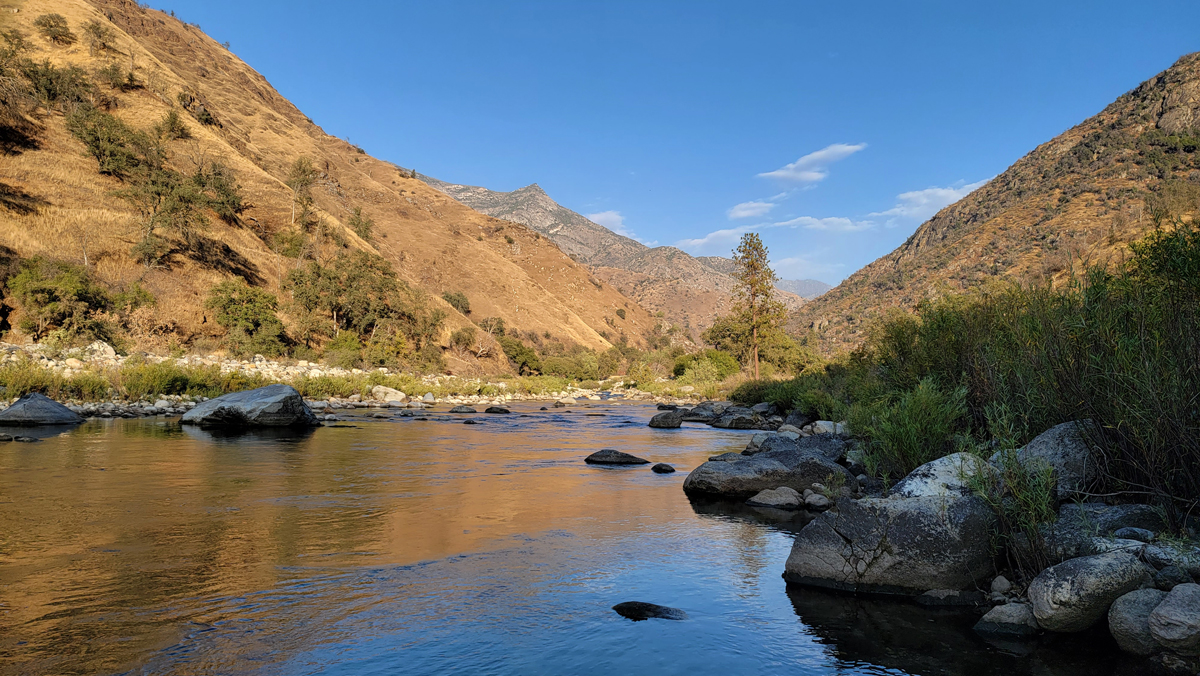
From the Lower Kings the road winds around Pine Flat Reservoir for about an hour until you get your first look at the Upper Kings. I recommend taking motion sickness medication if you are susceptible as it is incredibly windy and somewhat bumpy. Pass Bailey Bridge the road turns into a dirt road that travels through several campgrounds before the road ends at Garnet Dyke. Although there were more campgrounds than I would have liked to have seen on the Upper Kings I observed that access to the river was restricted to a small area around them. The majority of the narrow dirt road placed us high above the river making scrambling down a steep canyon the only way to access the Upper Kings.
My cousin and I fished about a mile of water around Garnet Dyke. The water temperatures were good and the flows were decent at around 185 CFS below the North Fork. One of the most interesting observations I made during this visit were shucks of October caddis on the rocks along the river. I had always thought that October caddis emerge like all other caddis so discovery this was pretty exciting.
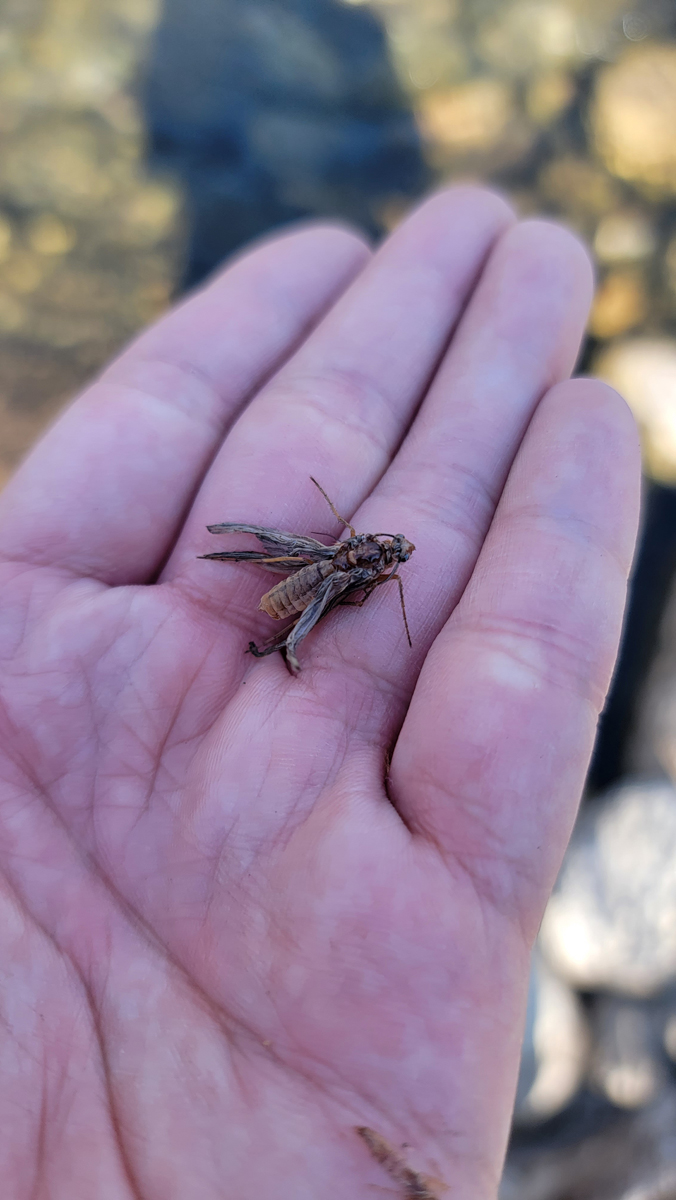
The fishing was fair. The pattern I noticed with these Upper Kings River rainbow trout was that they were very pool oriented. I caught a few in pocketwater but the majority of them seem to be holding in pools that had riffles dropping into them or in the deep runs below them. I throat pumped a few to see what they were eating and discovered that they were eating a little bit of everything with the addition of lots of tricos which was fascinating as I’ve only found trico eaters on spring creeks. The pattern that we did the best with was a prince nymph but we had grabs on frenchies and caddis emergers as well. The average size fish was about 14″ and the fish of the day was 18″. I was pleasantly surprised how hard these Upper Kings rainbows fought. Though they were spread out quite a bit each fish was worth hooking into.
Due to how remote the area is I concluded that the Upper Kings isn’t day trip friendly. It can be done however the best experience would have been to fish the entire day and then camp at one of the various campgrounds overnight. There was a ton of water that we weren’t able to get to before it got too dark. The Upper Kings is a fantastic wild trout fishery that I hope to someday fish again in the future. I’m thinking of a backpacking trip either hiking in from the Kings River trail or going down the Yucca Point trail to the confluence of the Middle and South forks. So much water so little time.
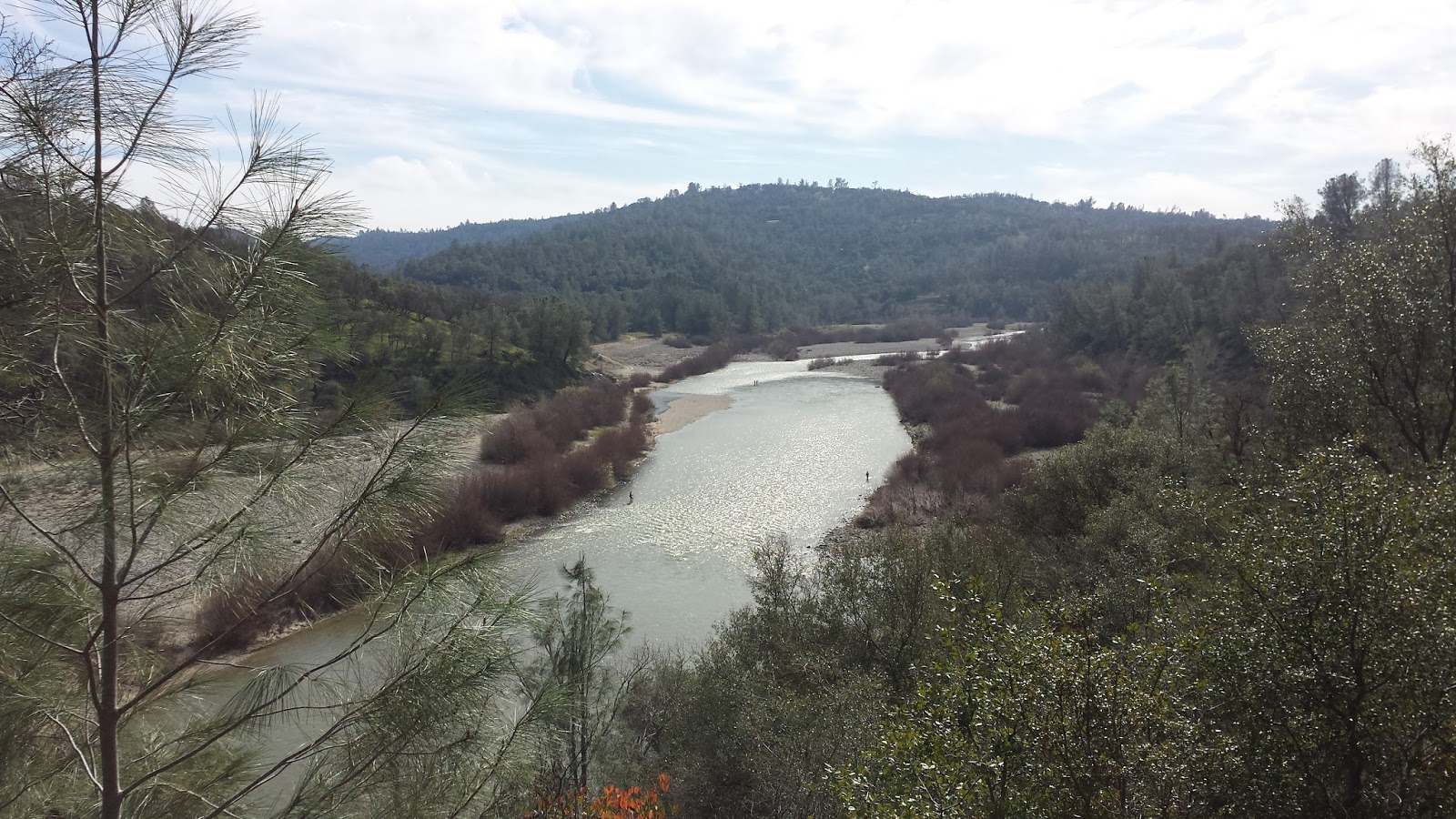
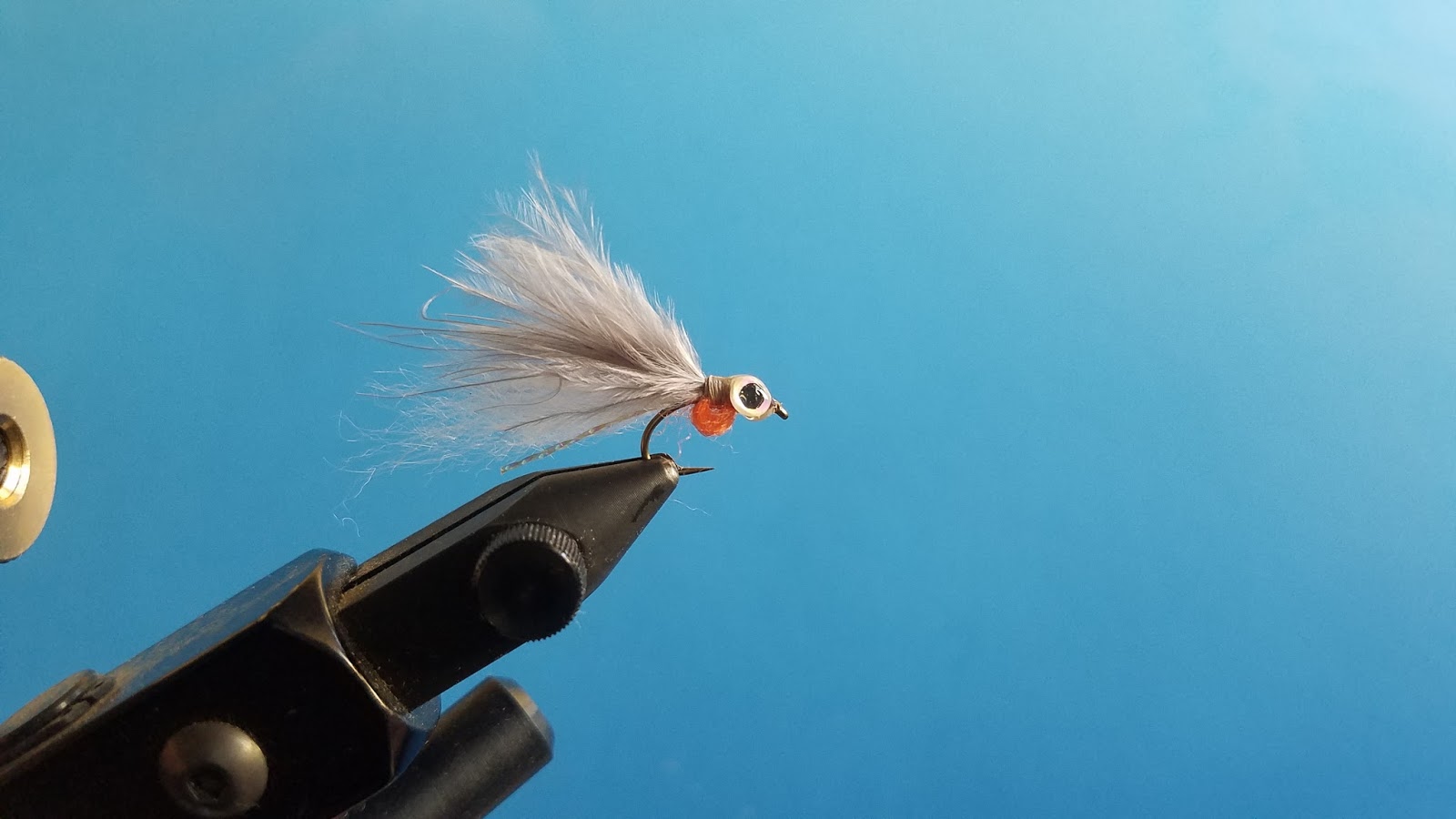
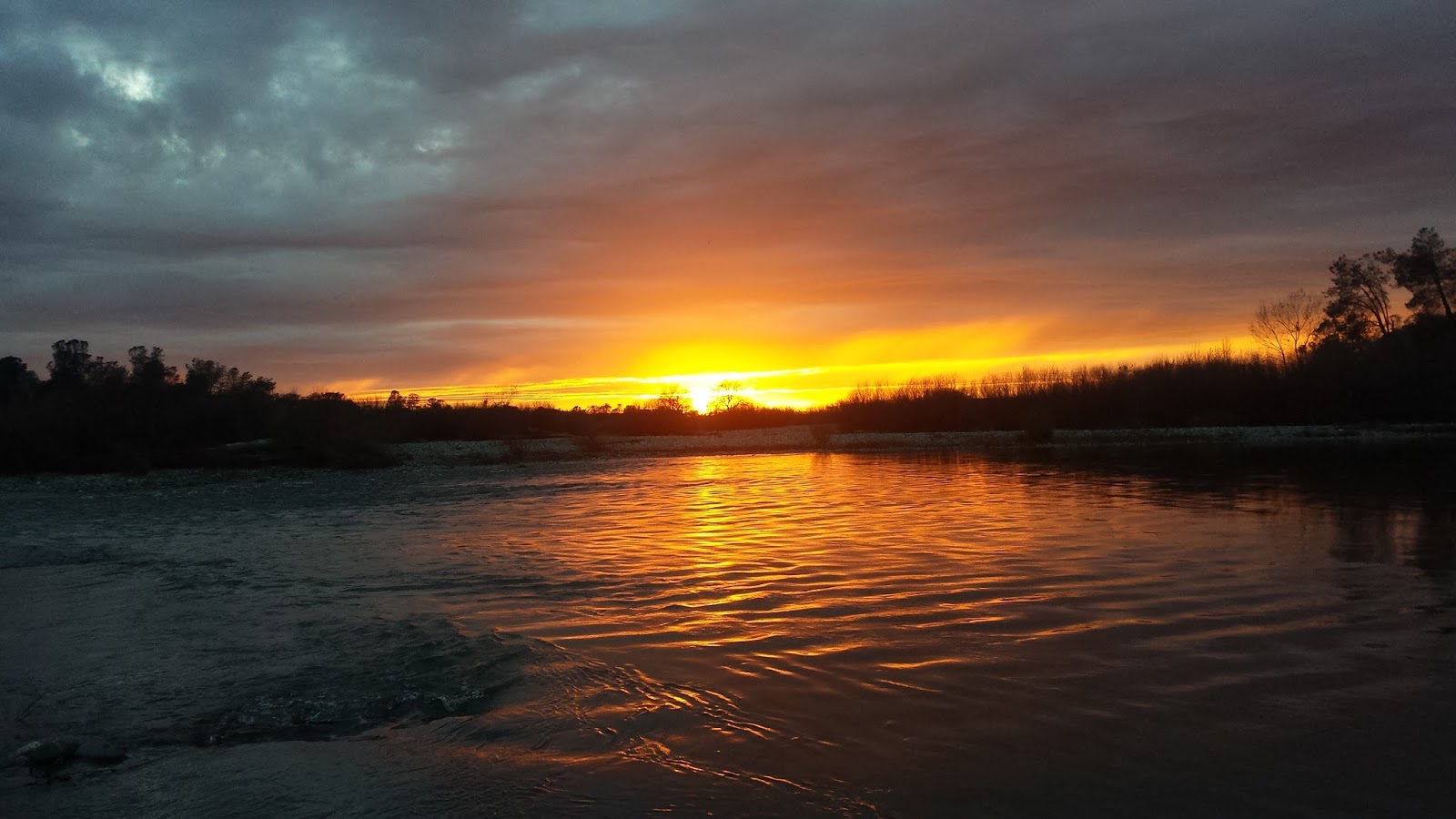
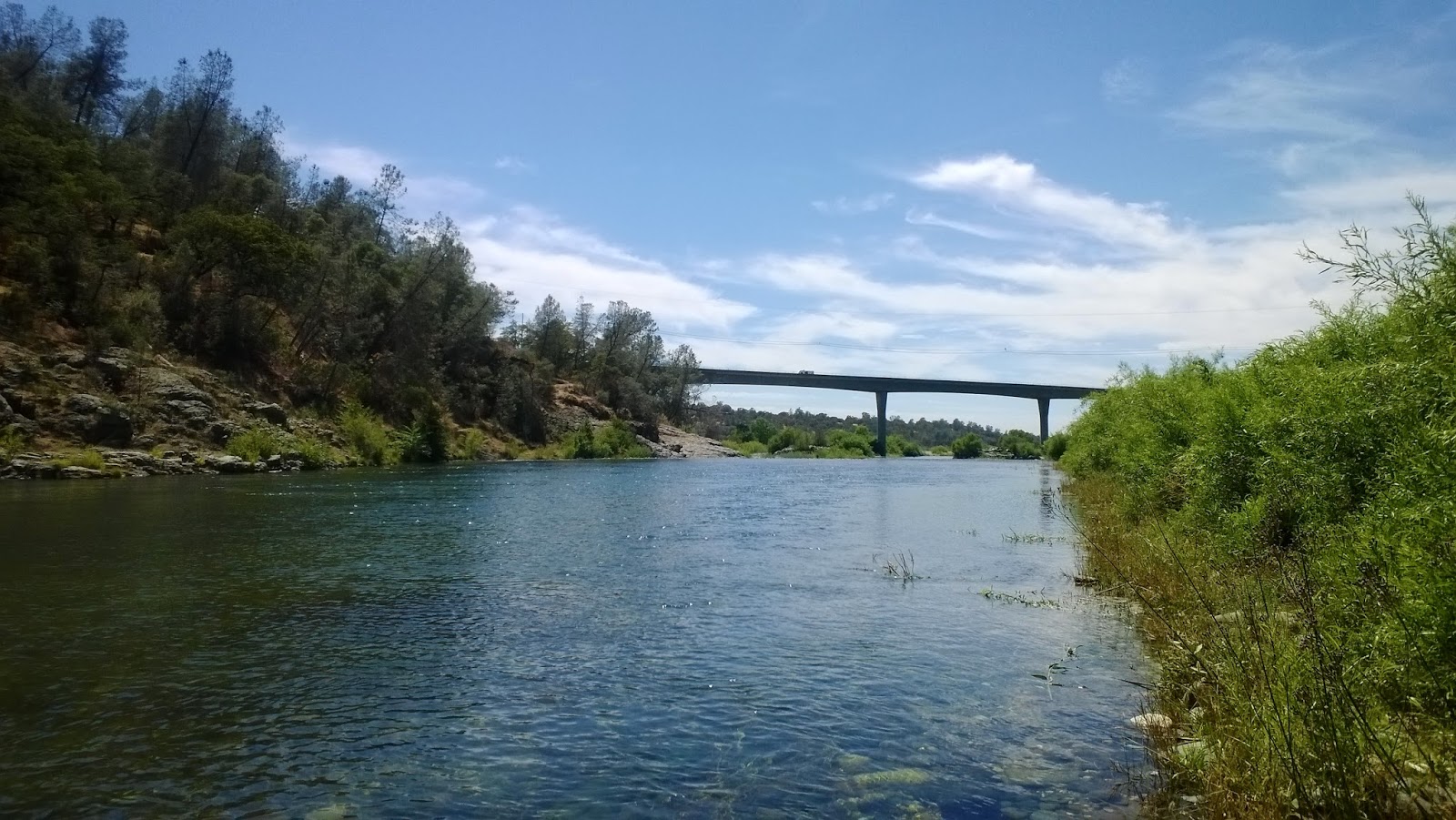
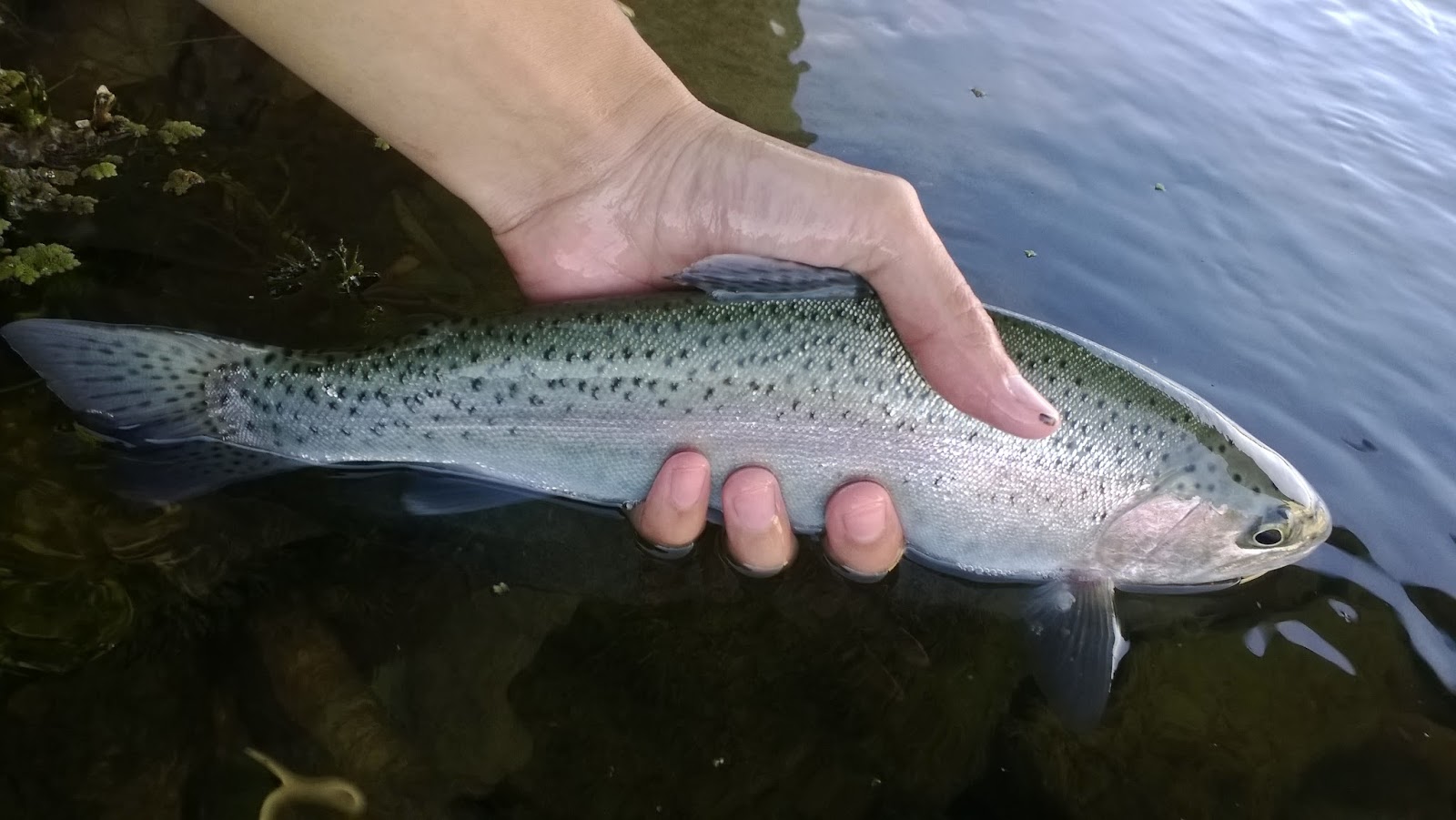
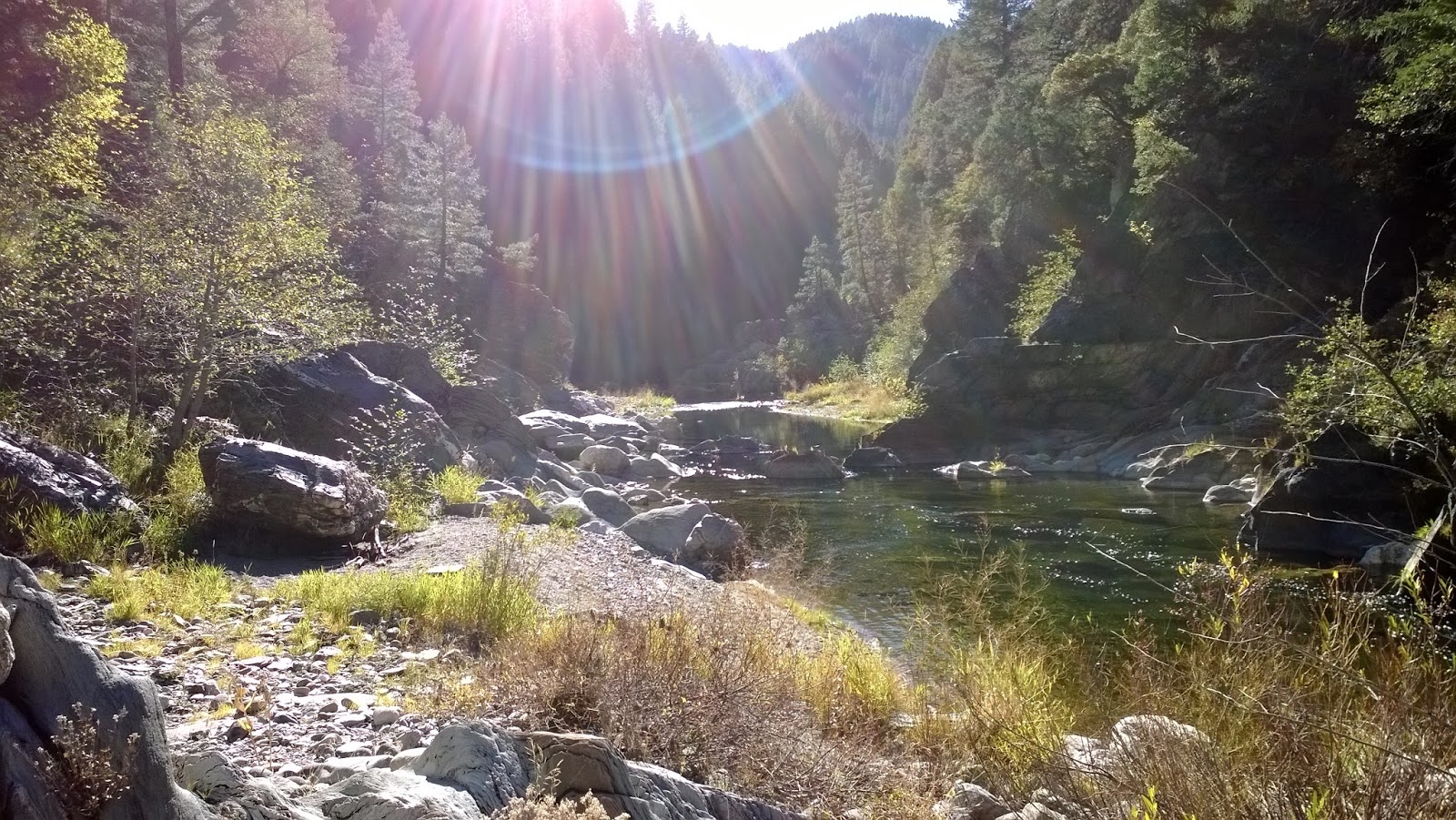
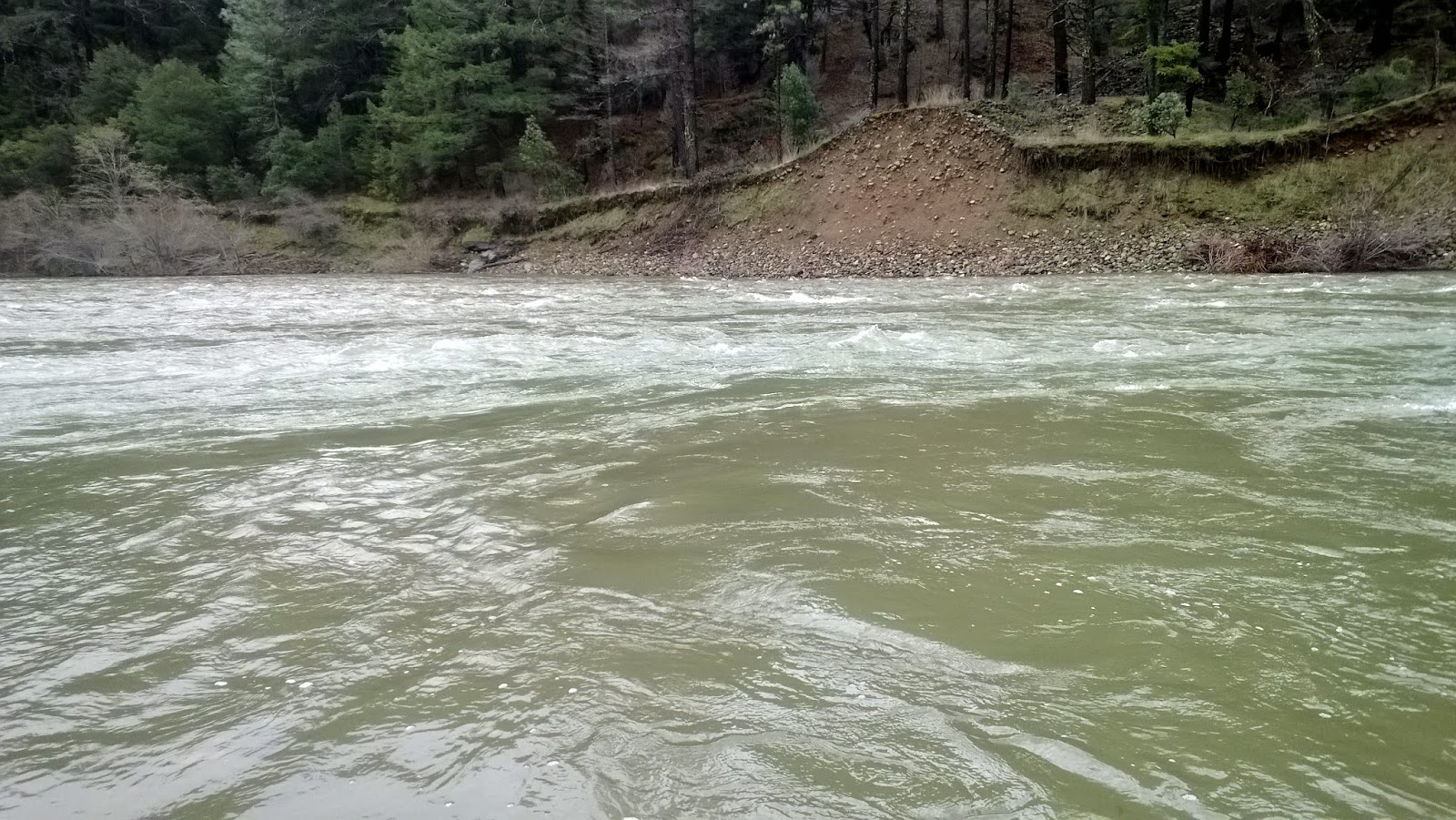
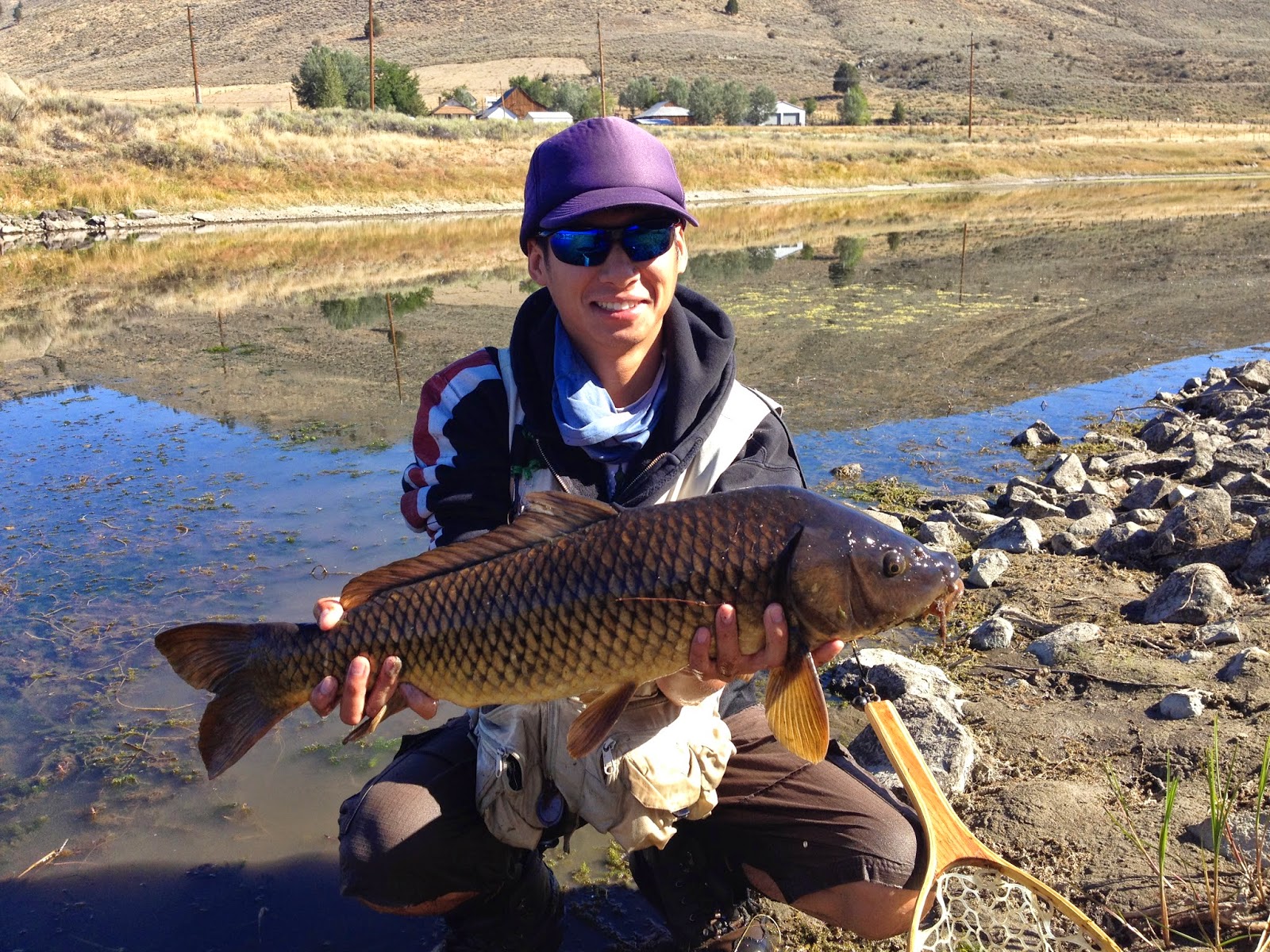
Unfortunately the upper section mostly between Bailey and garnet has become subject to poaching. The more water I covered the more small catch n cook fire pits I’d find with tin foil in them. So not only are they being killed but the angles are leaving their trash. This makes the trout population struggle as their are lots of small mouth and pikeminnow to predate on spawn. Very unfortunate. Above garnet it does get a bit better though but I predict it’s only a matter or time before they realize the odds are much higher beyond that gate. Sigh, I wish forestry patrolled and enforced what their signs indicate more prolific for this area. It’s truly a wonderful wild trout fishery for anglers if respected.
Do you find this around the campsites and flatter areas or all over in that section? I’m just curious because it would take a lot of effort to get to some of the spots that I saw especially on the south end of the river. I doubt that poachers would make the effort to ever go beyond Garnet Dike since they are lazy assholes.
The generally don’t venture past garnet dyke in my experience. Like you said. They’re lazy assholes. I have seen some signs of catch n cook but not much. Good news is this breed if poacher will eat anything Including pike minnow which predate heavily on trout. Regarding where I’ve found tin foil at fire pits it’s safe to say you’ll find them up to garnet but more sparse the further you venture up that 8 mile stretch before hitting garnet gate. Heads up if you haven’t visited the area right now kings is hovering around 14k CFS which is insane and there’s lots of road washout. I believe the last 2 miles of said 8 mile stretch is inaccessible via vehicle. Possible with ATV depending on how the rock slides looked as of about 4 months ago.